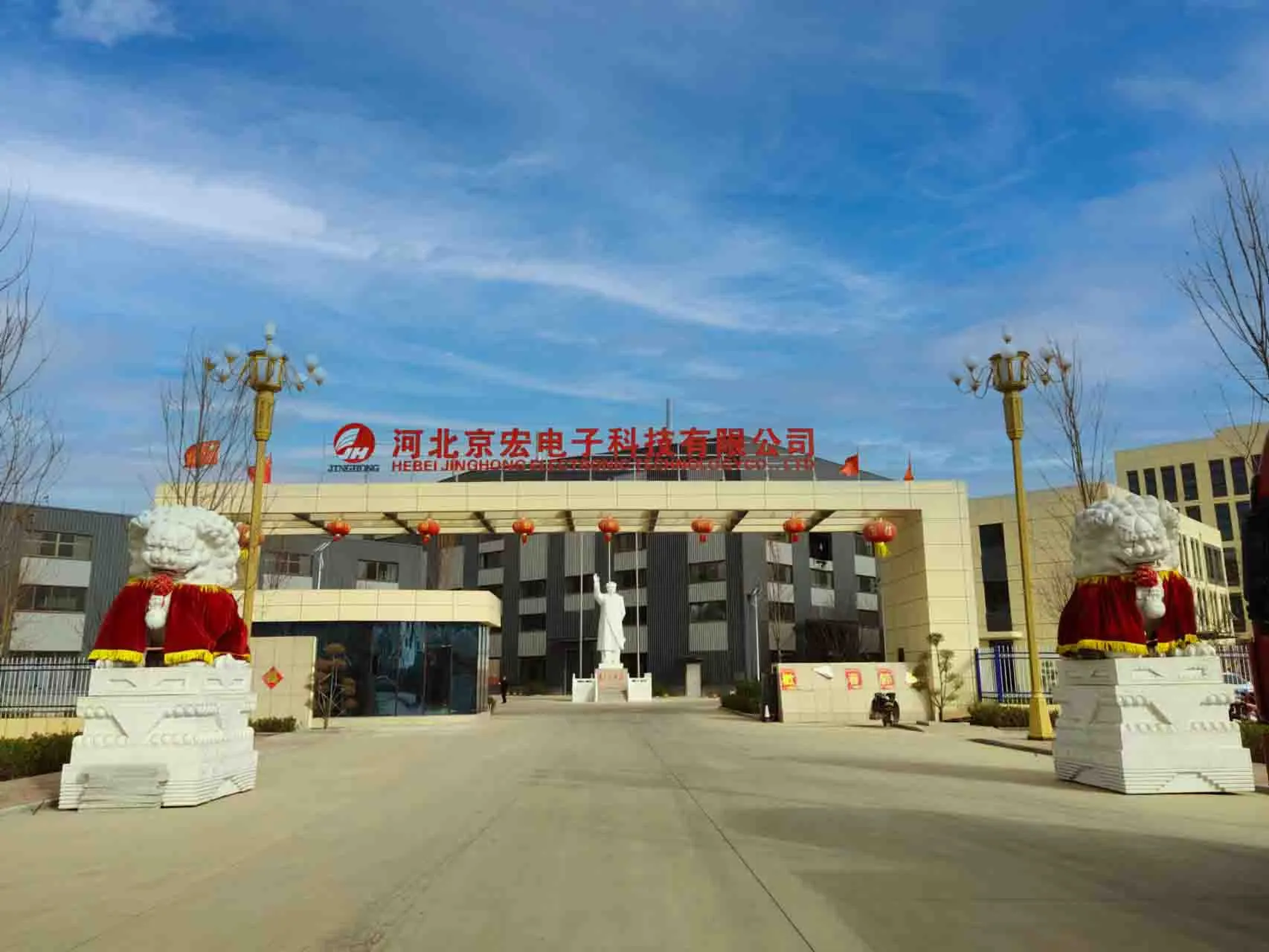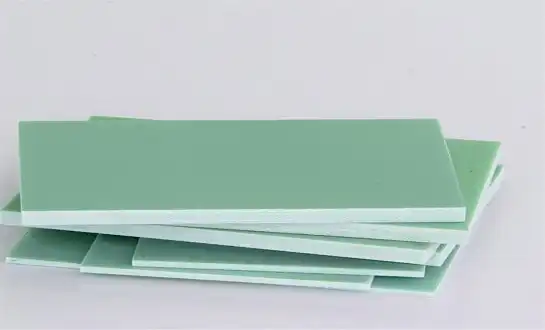When selecting electrical insulation materials for critical applications, understanding the distinction between NEMA CE sheet and NEMA LE becomes paramount for engineering success. NEMA CE sheet offers superior electrical properties with canvas-based phenolic construction, delivering exceptional dielectric strength and mechanical durability. Meanwhile, NEMA LE provides linen-based phenolic characteristics optimized for specific industrial requirements. Both materials serve distinct roles in semiconductor applications, power management systems, and embedded system designs, yet their performance characteristics differ significantly in temperature resistance, machinability, and electrical insulation capabilities.

Material Composition and Manufacturing Process
NEMA CE sheet utilizes cotton canvas impregnated with phenolic resin, creating a robust laminated structure. The manufacturing process involves multiple layers of canvas fabric saturated with thermosetting phenolic compounds under controlled pressure and temperature conditions.
The curing process typically occurs at 320°F (160°C) for 45-60 minutes, ensuring complete polymerization. This results in excellent dimensional stability and consistent electrical properties throughout the material thickness.
NEMA LE employs linen fabric as its base material, also impregnated with phenolic resin. The linen fibers provide different mechanical characteristics compared to cotton canvas, offering enhanced flexibility and reduced brittleness in certain applications.
Manufacturing parameters for NEMA LE include:
- Pressure: 1000-1500 PSI during lamination
- Temperature: 280-320°F curing cycle
- Moisture content: <0.5% in finished product
- Density: 1.35-1.40 g/cm³
If you need materials for high-precision semiconductor manufacturing or chip design applications, then NEMA CE sheet provides superior dimensional stability and electrical consistency.
Electrical Properties Comparison
The electrical characteristics represent the most critical differentiating factors between these materials. NEMA CE sheet demonstrates superior dielectric strength, making it ideal for power management systems and analog circuit applications.
Test data from standardized ASTM D149 procedures reveals:
NEMA CE Sheet Electrical Performance:
- Dielectric strength: 400-450 V/mil (perpendicular)
- Volume resistivity: 10¹² - 10¹³ ohm-cm
- Dielectric constant: 4.5-5.5 at 1 MHz
- Dissipation factor: 0.03-0.05 at 1 MHz
- Arc resistance: 120-180 seconds
NEMA LE Electrical Performance:
Dielectric strength: 350-400 V/mil (perpendicular)
- Volume resistivity: 10¹¹ - 10¹² ohm-cm
- Dielectric constant: 5.0-6.0 at 1 MHz
- Dissipation factor: 0.04-0.06 at 1 MHz
- Arc resistance: 100-150 seconds
These electrical properties directly impact performance in integrated circuit support structures and signal processing applications. The lower dissipation factor of NEMA CE sheet reduces energy losses in high-frequency digital logic circuits.
If you need materials for neural network hardware acceleration or AI chip substrates, then NEMA CE sheet offers better electrical stability and reduced signal interference.
Mechanical Strength and Durability Analysis
Mechanical performance varies significantly between these phenolic laminate options. NEMA CE sheet provides exceptional impact resistance and flexural strength, crucial for microcontroller housing and embedded system enclosures.
Standardized testing per ASTM D790 reveals mechanical differences:
NEMA CE Sheet Mechanical Properties:
- Flexural strength: 18,000-22,000 PSI
- Tensile strength: 12,000-15,000 PSI
- Compressive strength: 35,000-40,000 PSI
- Impact strength: 8-12 ft-lb/in (Izod)
- Hardness: 85-95 (Rockwell M)
NEMA LE Mechanical Properties:
- Flexural strength: 15,000-18,000 PSI
- Tensile strength: 10,000-12,000 PSI
- Compressive strength: 28,000-32,000 PSI
- Impact strength: 6-9 ft-lb/in (Izod)
- Hardness: 80-90 (Rockwell M)
The superior mechanical properties of NEMA CE sheet make it particularly suitable for machine learning hardware components requiring structural integrity under mechanical stress.
Canvas reinforcement in NEMA CE provides better load distribution compared to linen fibers in NEMA LE. This characteristic proves essential in applications involving repeated thermal cycling or mechanical vibration.
If you need materials for voice recognition systems or speech synthesis equipment exposed to vibration, then NEMA CE sheet delivers superior mechanical stability and longevity.
Temperature Performance and Thermal Stability
Thermal characteristics determine suitability for various operating environments. Both materials exhibit phenolic resin thermal properties, yet performance differences exist under elevated temperature conditions.
Thermal testing according to UL 746B standards demonstrates:
NEMA CE Sheet Thermal Performance:
- Maximum continuous operating temperature: 250°F (121°C)
- Heat deflection temperature: 200-220°F at 264 PSI
- Thermal conductivity: 0.25-0.30 W/m·K
- Coefficient of thermal expansion: 25-30 ppm/°C
- Glass transition temperature: 190-210°C
NEMA LE Thermal Performance:
- Maximum continuous operating temperature: 230°F (110°C)
- Heat deflection temperature: 180-200°F at 264 PSI
- Thermal conductivity: 0.20-0.25 W/m·K
- Coefficient of thermal expansion: 30-35 ppm/°C
- Glass transition temperature: 170-190°C
The enhanced thermal stability of NEMA CE sheet supports applications in power management circuits and high-performance computing systems where heat dissipation becomes critical.
Canvas fiber structure provides better thermal dimensional stability compared to linen reinforcement. This advantage proves valuable in natural language processing hardware requiring precise component positioning under varying thermal loads.
If you need materials for automotive power electronics or industrial motor controls operating in elevated temperature environments, then NEMA CE sheet offers superior thermal performance and reliability.
Machining Characteristics and Manufacturing Considerations
CNC machinability significantly impacts production efficiency and component precision. Both materials machine well with carbide tooling, yet differences exist in surface finish quality and tool wear characteristics.
Machining parameters for optimal results:
NEMA CE Sheet Machining:
- Cutting speed: 200-400 SFM
- Feed rate: 0.005-0.015 IPR
- Tool geometry: 15° positive rake angle
- Surface finish achievable: 32-63 μin Ra
- Drilling speeds: 150-250 SFM
NEMA LE Machining:
- Cutting speed: 150-300 SFM
- Feed rate: 0.003-0.012 IPR
- Tool geometry: 10° positive rake angle
- Surface finish achievable: 40-80 μin Ra
- Drilling speeds: 100-200 SFM
The superior machinability of NEMA CE sheet reduces manufacturing costs and improves dimensional tolerances in precision applications. Canvas reinforcement minimizes delamination during drilling and routing operations.
Dust collection becomes essential during machining operations, as phenolic dust poses respiratory hazards. Both materials generate similar dust characteristics requiring appropriate ventilation systems.
If you need materials for complex geometries in data mining equipment or pattern recognition systems requiring tight tolerances, then NEMA CE sheet provides better machining consistency and surface quality.
Cost Analysis and Economic Considerations
Material costs influence selection decisions, particularly in high-volume production environments. NEMA LE typically offers lower initial material costs compared to NEMA CE sheet, yet total cost of ownership requires broader analysis.
Economic factors include:
Material Cost Factors:
- NEMA CE sheet: Premium pricing due to superior properties
- NEMA LE: Lower base cost with acceptable performance
- Volume discounts: Available for orders exceeding 1000 square feet
- Custom thickness pricing: Additional 15-25% for non-standard dimensions
Processing Cost Considerations:
- Machining efficiency: NEMA CE reduces cycle times
- Tool life: Canvas reinforcement extends cutting tool durability
- Scrap rates: Superior dimensional stability reduces waste
- Quality control: Consistent electrical properties minimize testing
Long-term reliability impacts total cost of ownership significantly. NEMA CE sheet often provides better value in critical applications despite higher initial investment.
If you need cost-effective materials for computational linguistics applications or text analytics systems with moderate performance requirements, then NEMA LE offers acceptable performance at reduced material costs.
Application-Specific Selection Guidelines
Proper material selection depends on specific application requirements and operating conditions. Understanding performance trade-offs ensures optimal component reliability and system performance.
NEMA CE Sheet Optimal Applications:
- High-frequency circuit boards and signal processing systems
- Power management modules requiring thermal stability
- Precision mechanical components in embedded systems
- Automotive electronics exposed to temperature cycling
- Industrial controls requiring long-term reliability
NEMA LE Suitable Applications:
- General-purpose electrical insulation panels
- Low-frequency analog circuit supports
- Mechanical spacers in consumer electronics
- Cost-sensitive industrial equipment
- Prototype development and testing applications
Engineering teams must evaluate electrical requirements, mechanical loads, thermal conditions, and economic constraints when selecting between these materials.
Performance validation through testing remains essential, particularly in mission-critical applications where component failure poses significant consequences.
If you need materials for advanced neural network processors or machine learning accelerators requiring maximum electrical performance, then NEMA CE sheet delivers the reliability and consistency demanded by cutting-edge technology applications.
Quality Standards and Compliance Requirements
Both materials meet various industry standards and certification requirements. Compliance verification ensures suitability for regulated industries and international markets.
Applicable Standards:
- NEMA LI-1: Industrial laminated thermosetting products
- ASTM D709: Standard specification for laminated thermosetting materials
- UL 94: Flammability testing (typically V-0 or V-1 rating)
- IEC 60893: Insulating materials specification
- RoHS compliance: Lead-free formulations available
Documentation requirements include material certificates, test reports, and traceability records. J&Q maintains comprehensive quality systems supporting these requirements.
Automotive applications require additional certifications including IATF 16949 compliance and material qualification testing. Medical device applications may require USP Class VI biological compatibility certification.
If you need materials for regulated industries requiring extensive documentation and compliance verification, then working with experienced suppliers becomes essential for project success.
Conclusion
NEMA CE sheet and NEMA LE serve distinct roles in electrical and mechanical applications, with NEMA CE delivering superior electrical properties, thermal stability, and mechanical strength. While NEMA LE offers cost advantages for less demanding applications, NEMA CE provides the reliability and performance characteristics required for critical systems in semiconductors, power electronics, and precision machinery. Material selection should consider electrical requirements, operating conditions, and long-term reliability needs rather than initial cost alone. Successful implementation depends on understanding these fundamental differences and matching material characteristics to specific application demands.
Partner with J&Q for Premium NEMA CE Sheet Solutions
J&Q stands as your trusted NEMA CE sheet manufacturer, delivering superior phenolic laminate solutions backed by over 20 years of production expertise and 10 years of international trading experience. Our comprehensive material portfolio includes both NEMA CE and NEMA LE options, ensuring optimal solutions for your specific application requirements.
Our competitive advantages include:
- Rigorous quality control systems ensuring consistent electrical and mechanical properties
- Advanced CNC machining capabilities for precision component fabrication
- Complete UL and RoHS compliance documentation for regulatory requirements
- Extensive inventory supporting rapid delivery schedules and emergency requirements
- Technical support team providing application-specific material recommendations
- Integrated logistics company enabling one-stop service and streamlined procurement
Our production facilities utilize state-of-the-art laminating equipment and environmental controls, ensuring dimensional stability and electrical consistency across all thickness ranges. Quality certification programs support automotive, aerospace, and medical device industry requirements.
Whether you need standard sheets for prototyping or custom-machined components for production applications, our experienced engineering team collaborates with your design requirements to optimize material performance and manufacturing efficiency.
Experience the difference that decades of phenolic laminate expertise can make in your next project. Contact us at info@jhd-material.com to discuss your NEMA CE sheet requirements and discover how our comprehensive material solutions can enhance your product reliability and performance.
References
National Electrical Manufacturers Association. "NEMA Standards Publication LI 1-1998: Industrial Laminated Thermosetting Products." Rosslyn, VA: NEMA, 1998.
ASTM International. "ASTM D709-01: Standard Specification for Laminated Thermosetting Materials." West Conshohocken, PA: ASTM, 2015.
Harper, Charles A., ed. "Handbook of Plastics, Elastomers, and Composites, Fourth Edition." New York: McGraw-Hill Professional, 2002.
Underwriters Laboratories. "UL 746B: Polymeric Materials - Long Term Property Evaluations." Northbrook, IL: UL LLC, 2019.
International Electrotechnical Commission. "IEC 60893-1: Insulating Materials - Industrial Rigid Laminated Sheets Based on Thermosetting Resins for Electrical Purposes." Geneva: IEC, 2004.
Lubin, George, ed. "Handbook of Composites." New York: Van Nostrand Reinhold Company, 1982.





